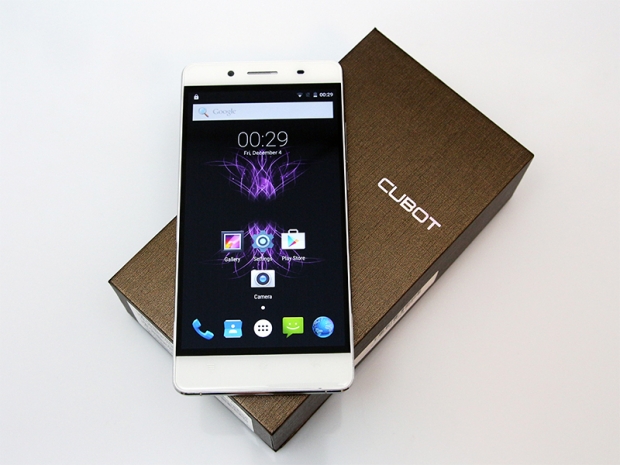Index
OS, UI, Everyday Use
Cubot doesn’t like to mess around with Android much, so you get a near-stock user experience. This doesn’t not mean you don’t get some additional stuff on top, but there’s really no bloatware in the traditional sense.
On top of that, Cubot decided to integrate a theme manager (styles). While it works well, we were not impressed with the available designs, so we just stuck with the stock Android look. It’s not entirely stock, and some apps have undergone a remake, like the dialer with round buttons.
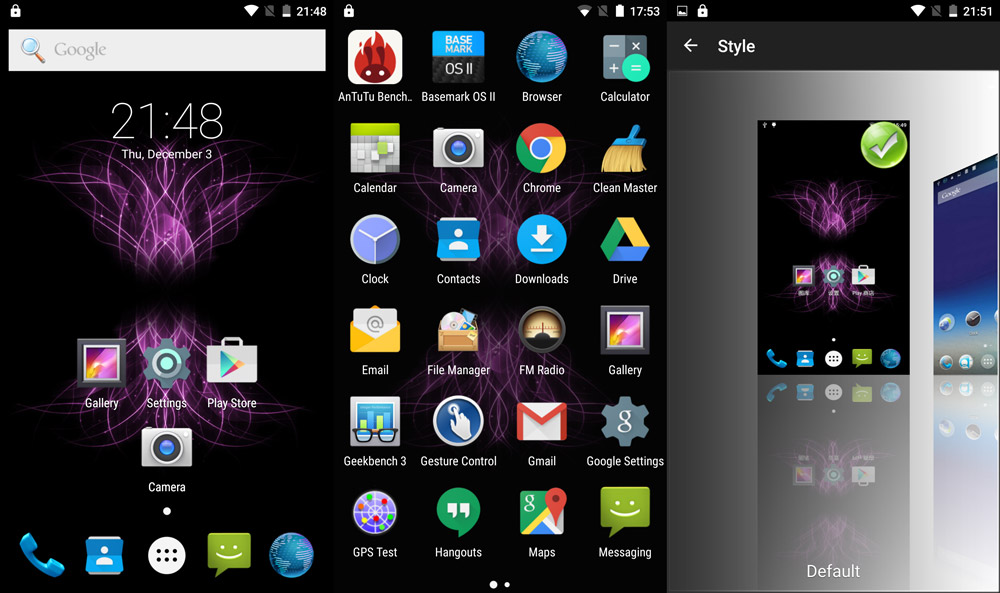
The menu system is basically stock Android, although there are a few additional options and support for a few gestures and features you don’t get on a Nexus.
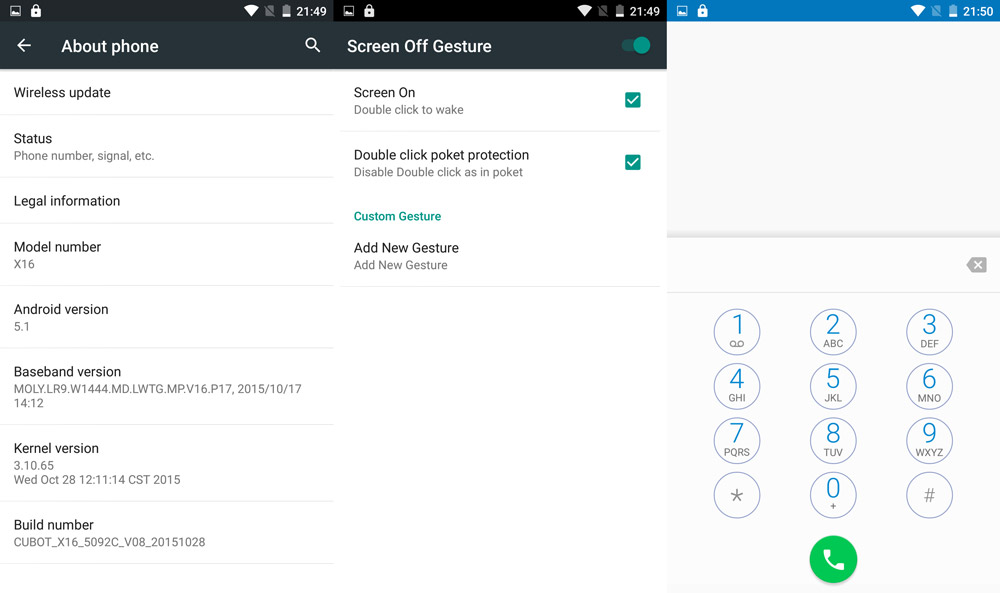
There’s double-tap to wake, and in the display settings you can use MediaTek’s Miravision to tweak the display. We always like to see Miravision on inexpensive phones because it gives users more freedom to get the display just right, and in some cases small vendors don’t really calibrate their screens too well. On the Cubot X16, you don’t exactly need Miravision, because the screen looks good by default, but it can come in handy.
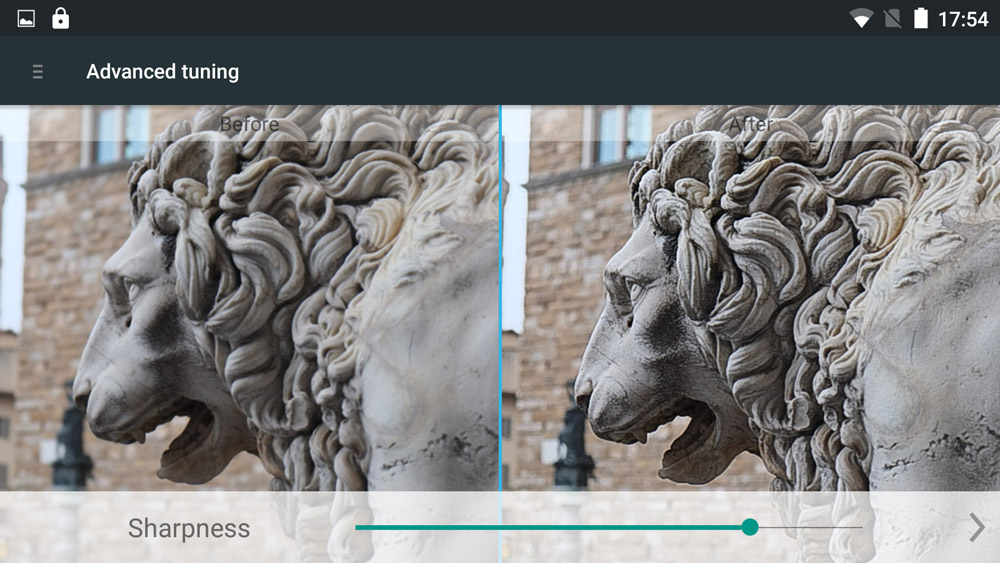
Basically, the OS and UI shouldn’t be a problem if you’ve ever dealt with stock Android devices, so let’s move on to ergonomics, battery life and other important stuff.
Ergonomics aren’t an issue. This is a truly compact device and it’s a pleasure to use. While ultrathin phones have a lot of detractors and proponents, we lean towards the latter. A 5 or 6 millimetre phone is really easy to live with and pocketability is a non-issue. It might not sound like much, but every millimetre counts, so it’s not just about style.

The downside is that many people find very thin phones difficult to handle, because they don’t offer a lot of grip, but this isn’t necessarily true. If you’re moving from an 8mm thick phone to one with a 4mm frame, it just takes some time getting used to, that’s all.
One odd problem we encountered with the Cubot X16, and indeed a lot of similarly designed phones, is that it can be difficult to pick up from a flat surface, just like a coin. The back is completely flat and the sides are thin, so sometimes it feels like it’s glued to the desk. Good thing it supports double-tap to wake.
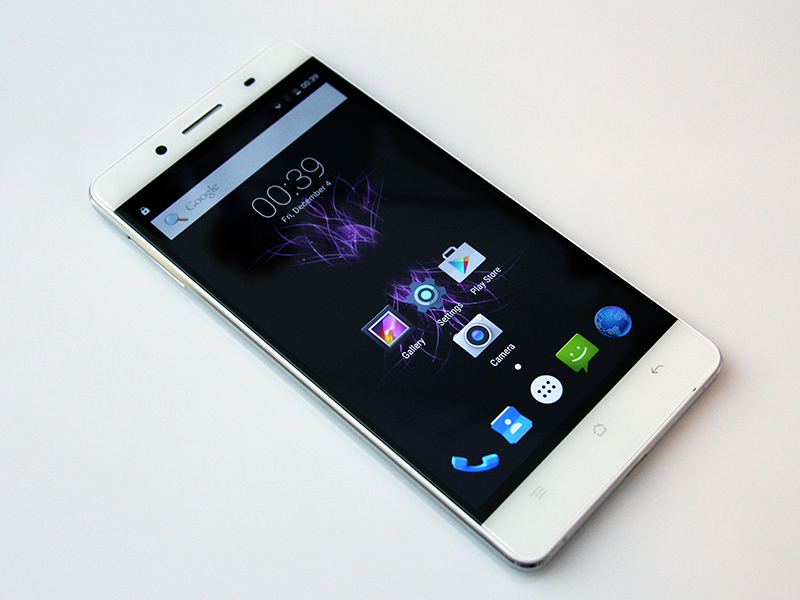
The glass back doesn’t offer a lot of grip and it’s a fingerprint magnet. Luckily, this isn’t much of a problem on the white version, because a lot of smudges will go unnoticed. Still, you’ll have to wipe it regularly, just like any other glossy device.
This is probably why Cubot decided to include a small cloth in the retail box, along with a screen protector and a transparent hard-case, which sounds like a good idea, since you’re not going to find a case for this thing in your local mall. Unfortunately, the hard case is really hard, so it’s difficult to take off. We would have preferred a soft one, but it’s better than nothing.

The button layout is standard, so there’s no learning curve to speak of. Double tap to wake also comes in handy, as does the ability to lock the screen with a double tap of the Home button, without having to reach for the power button. Clever.
The phone can accomodate two SIM cards (nano and micro), or one nano SIM card and one micro SD memory card.
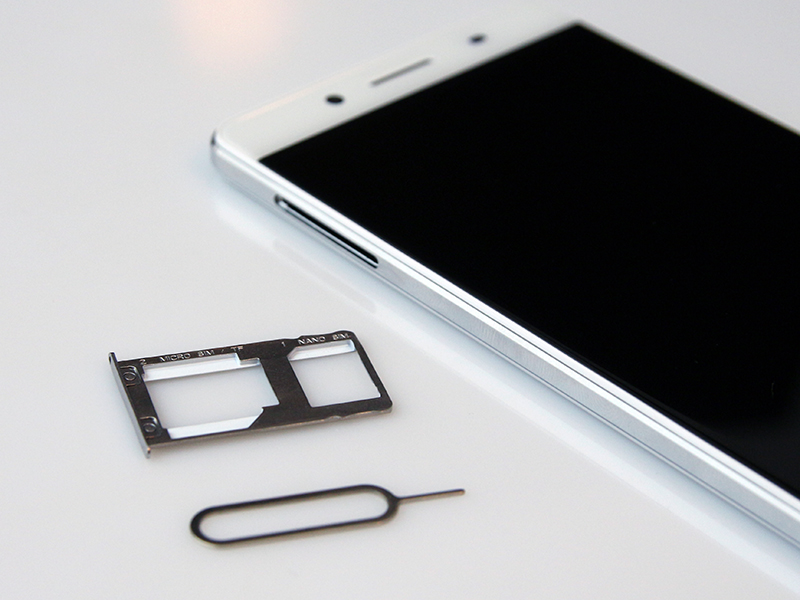
Despite its thin profile, the Cubot X16 features a decent battery. At 2500mAh, it’s not on a par with 3000mAh flagships and phablets, but it doesn’t have to be. This is a 5-inch device with a frugal 1.3GHz quad-core processor, so 2500mAh is plenty. The phone relies on micro USB rather than Type-C input, and there's not quick-charge tech on board.

It delivers all-day battery life for all but the heaviest users. However, since this is not a phone for performance freaks and heavy users, chances are the average owner will get much better results. With limited data connectivity, some browsing and messaging, you could get up to two days out of it, which is good. It all depends on how you intend to use it. Since we believe enthusiasts won’t pick up a cheap ultrathin phone anyway, chances are the average Joe will get a day and a half to two days on a single charge.

We also tried out the GPS and found it to be adequate, although signal strength was below average. However, the lack of a compass could be a problem for some users.

